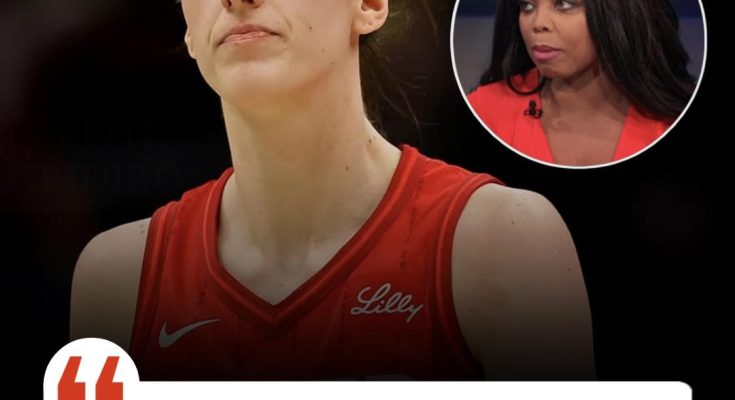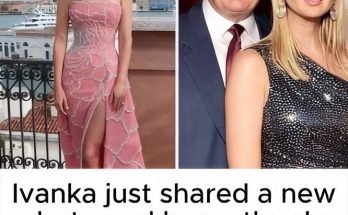WHO IS THE FACE? The Caitlin Clark Debate Is Splitting the WNBA World in Two
The WNBA is booming like never before—sold-out arenas, record-breaking viewership, surging jersey sales—and much of that spotlight is undeniably centered on one name: Caitlin Clark.
But is she the face of the league?
That’s the question that sparked heated debate this week when Phoenix Mercury guard Sophie Cunningham declared on national TV, without hesitation, that Caitlin Clark is the face of the WNBA. It didn’t take long for the reactions to pour in—and one voice came through loud and clear.
Enter: Jemele Hill.
The outspoken journalist and cultural commentator didn’t hold back. Hill took to social media, calling out what she sees as a troubling narrative—one that elevates Clark over the Black women who’ve long been the backbone of the league.
“There are multiple faces of the WNBA. Let’s not pretend Caitlin Clark did this alone,” Hill wrote. “Black women built this league. They didn’t get the same marketing push, and they still carried the W.”
Her comments lit up timelines and news cycles, drawing support from many fans, players, and even fellow journalists. Others pushed back, insisting that recognizing Clark’s popularity doesn’t erase the contributions of legends like Lisa Leslie, Maya Moore, Tamika Catchings, or current superstars like A’ja Wilson and Breanna Stewart.
But underneath the social media sparring lies a much bigger question: what does it mean to be the face of a league?

Is it about talent? Because if that’s the case, A’ja Wilson—two-time MVP, champion, and the anchor of the league’s current superteam—has a very real claim.
Is it about impact? Because Angel Reese, with her unapologetic swagger and record-breaking streaks, is right there too.
Or is it about visibility—who’s on the billboards, in the commercials, and driving the casual fan to tune in?
Caitlin Clark checks that last box, no question. Her college career was historic, her fanbase is massive, and every game she plays still trends online. But some argue that’s also the result of systems that have long favored white athletes in mainstream coverage and branding. Others say her rise should be celebrated, not dissected—and that Clark herself has consistently shown respect to the players who came before her.
The truth? There’s no one face. The WNBA is finally receiving the attention it deserves because of many faces. It’s a mosaic—Clark, Wilson, Reese, Stewart, Collier, Plum, Ionescu, Griner, Loyd, Boston, and more. Each one represents a different story, a different community, and a different kind of greatness.
Still, the conversation around Clark’s rapid rise reveals deep-seated tensions in the sports world about race, representation, and recognition. It’s not just about basketball—it’s about who gets seen, who gets celebrated, and who gets remembered.
So… who is the face of the WNBA?
Maybe it’s not a single person.
Maybe it never should’ve been.
But one thing’s for sure: the league has plenty of faces—and now, finally, the world is watching all of them.

